The MiCA framework paves the way for transferring principles of backing, traceability and trust to the energy sector. Jorge Viñuelas, Head of European Affairs at beBartlet, analyses how blockchain can drive the green transition.
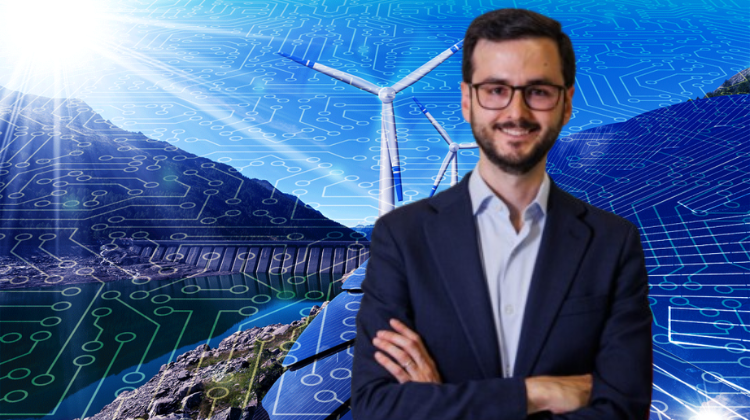











The MiCA framework paves the way for transferring principles of backing, traceability and trust to the energy sector. Jorge Viñuelas, Head of European Affairs at beBartlet, analyses how blockchain can drive the green transition.
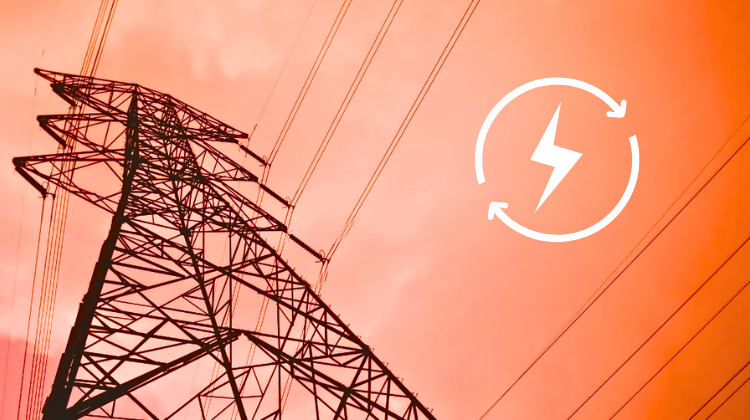
An official chart shows a sustained rise in technical curtailment since May. Experts warn that without grid reinforcements, storage and demand management, renewable projects will lose financial viability.

The company will invest more than €80 million in batteries managed with artificial intelligence, which will come into operation from December, in order to strengthen the flexibility of six projects in Spain and consolidate its leadership in the energy transition.

The Chinese company strengthens its presence in the European large-scale storage market through a strategic partnership in the Baltic countries, the deployment of Elementa 2 and the next generation of high energy density systems.

52.4% of our country’s electricity production in August was renewable, and 74.1% did not emit CO2 equivalent. Solar photovoltaic has covered a quarter of demand and is once again the top technology in the mix for the fourth consecutive month, with production 8.5% higher than in August 2024.
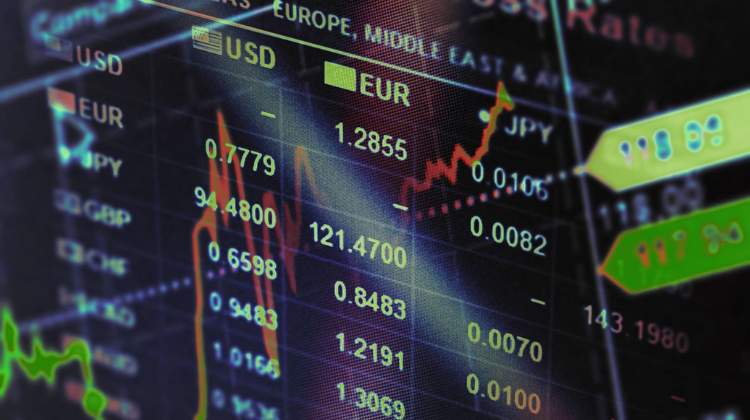
The financial markets reflect the boom in renewables in Spain: in 2025 more than 56% of electricity generation comes from these sources, with Solaria rising by 10% and drivers such as Acciona Energía and Iberdrola diversifying and modernising.
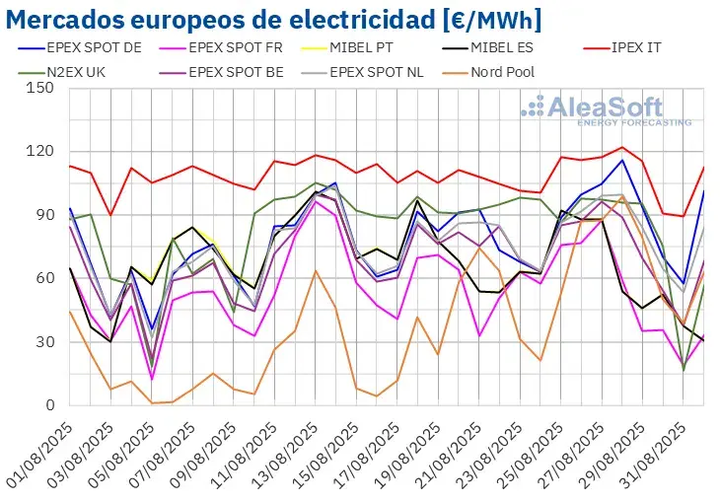
Wind growth in France and Iberia offset falling solar output in Germany and Italy, easing prices across most European markets below €85/MWh as demand rose and forecasts pointed to stronger renewable generation into September.
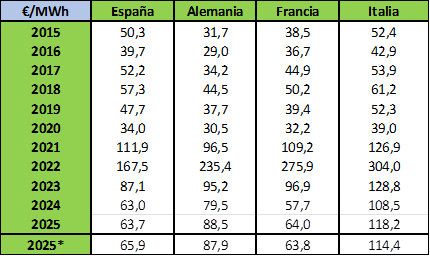
AEGE’s Energy Barometer reveals that electro-intensive consumers in Spain face significantly higher costs than their European competitors, due to exclusive system adjustment charges and lower indirect CO₂ compensations.

The IEA report projects sustained demand growth, with renewables and nuclear leading the transition, stabilising emissions but requiring investment in grids and storage.
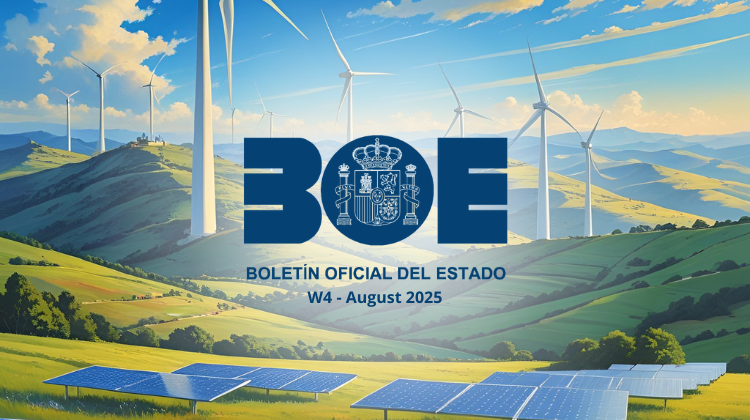
In the last week of August, projects by Statkraft, Naturgy, Enel, Elawan and Villar Mir were approved, while two wind farms promoted by Forestalia in Zaragoza were rejected.
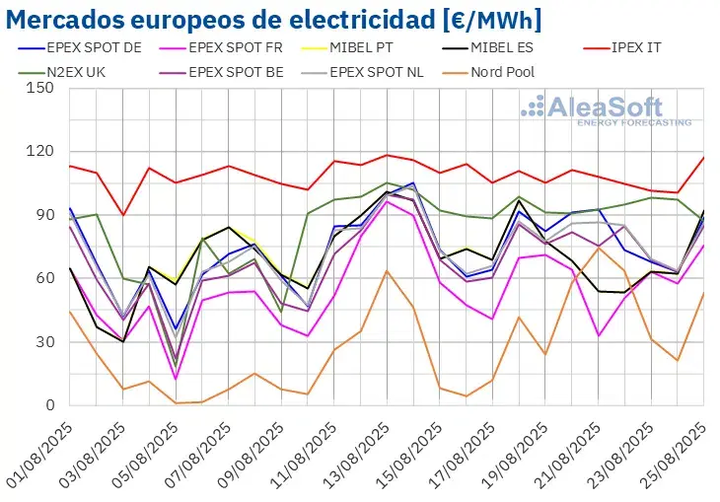
During the third week of August, higher wind generation in Spain, Germany, Italy and Portugal, together with lower demand following the end of the heatwave, pushed electricity prices down across most European markets. Solar output fell across the board, although Germany reached a historic daily production record for August.

So far in 2025, cleantech start-ups have raised €557 million, six times more than in 2024. However, the lack of capacity in the electricity grid and recent regulatory decisions are raising concerns about the future.
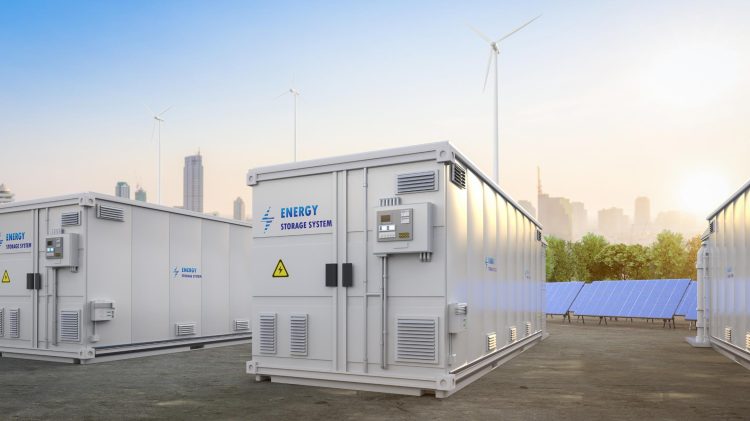
A total of 40 battery and pumped storage projects have advanced through authorisations over the past three years. With solar and wind hybridisations leading the way and several strategic stand-alone schemes, companies such as Enel Green Power, Iberdrola, OPDEnergy, Statkraft and Grenergy stand out as key players.

AEGE’s managing director, Pedro González, analyses the impact of the validation of the 80% discount on grid levies until July and stresses that only a wider deployment of renewable energy, decoupled from gas and CO2, will allow the recovery of competitiveness for industry.
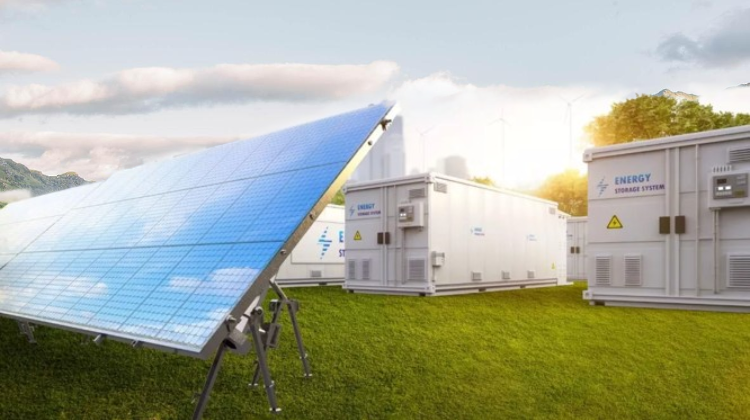
The country recorded a year‑on‑year increase of 195% in solar, wind and storage, with major projects led by Ørsted, RWE and ScottishPower. Experts warn about grid bottlenecks and the urgent need for further investment.
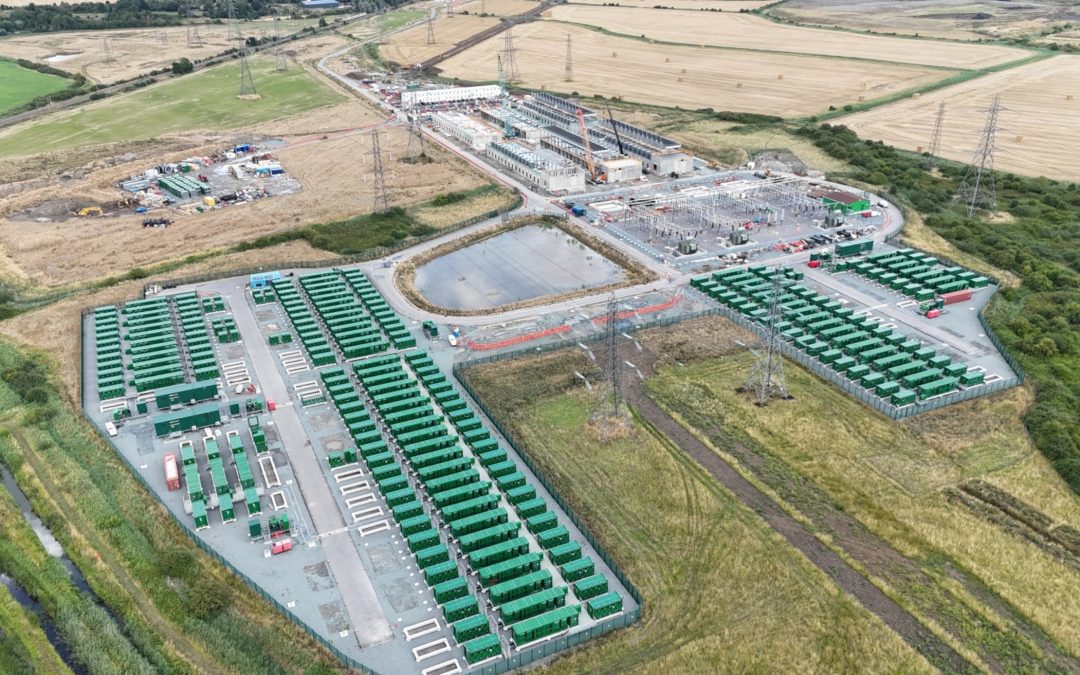
This landmark 300MW battery storage site is capable of powering up to 680,000 homes with instantaneous power over two hours. Thurrock Storage can respond rapidly to changes on the grid, delivering its full output of up to 600MWh within seconds.
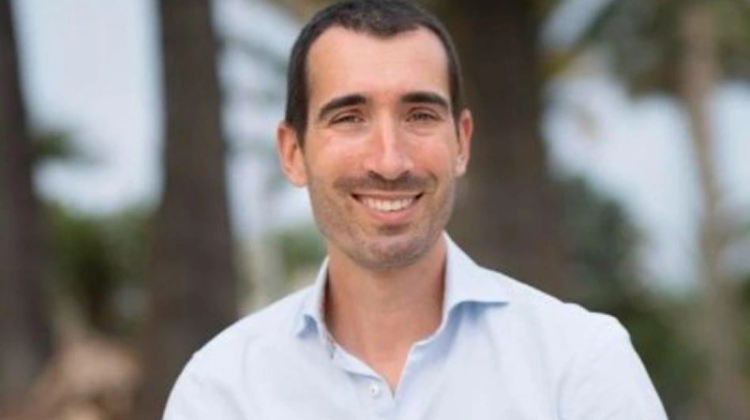
In July, Spain lost 1.1 TWh of renewable energy due to grid restrictions. While solar PV and wind capacity continues to grow, energy markets expert and Managing Director of Our New Energy, Miguel Marroquín, stresses that storage is emerging as the key pathway to integrate surplus generation.

In the week of August 11, Germany and France set records for solar photovoltaic energy production. Wind energy generation increased in Portugal and France, while in Germany, Italy and Spain it decreased. Electricity demand grew in most European markets, as a result of higher temperatures, which drove up prices in European electricity markets, according to AleaSoft Energy Forecasting.

Between January and July 2025, Germany added 8,646.9 MW of gross renewable capacity, driven by solar and onshore wind. However, growth remains below the pace needed to meet the legally mandated targets for 2030, according to data from the Federal Network Agency (Bundesnetzagentur).
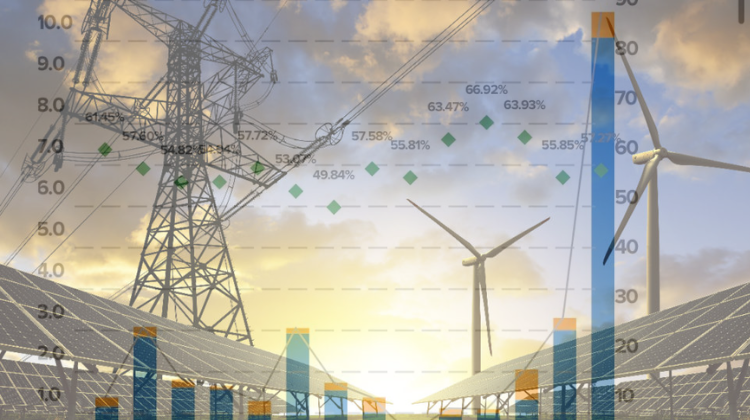
In July 2025, 11% of the renewable electricity generated in Spain could not be injected into the grid, compared with just 0.8% a year earlier. 93% of the restrictions came from the transmission network.

The Ministry of Environment and Energy Security has authorized the construction of storage systems totaling more than 600 MW in the regions of Campania, Basilicata, Lazio, and Campania, with developments led by private companies and execution times ranging from 5 to 30 months.

The MiCA framework paves the way for transferring principles of backing, traceability and trust to the energy sector. Jorge Viñuelas, Head of European Affairs at beBartlet, analyses how blockchain can drive the green transition.

An official chart shows a sustained rise in technical curtailment since May. Experts warn that without grid reinforcements, storage and demand management, renewable projects will lose financial viability.

The company will invest more than €80 million in batteries managed with artificial intelligence, which will come into operation from December, in order to strengthen the flexibility of six projects in Spain and consolidate its leadership in the energy transition.

The Chinese company strengthens its presence in the European large-scale storage market through a strategic partnership in the Baltic countries, the deployment of Elementa 2 and the next generation of high energy density systems.

52.4% of our country’s electricity production in August was renewable, and 74.1% did not emit CO2 equivalent. Solar photovoltaic has covered a quarter of demand and is once again the top technology in the mix for the fourth consecutive month, with production 8.5% higher than in August 2024.

The financial markets reflect the boom in renewables in Spain: in 2025 more than 56% of electricity generation comes from these sources, with Solaria rising by 10% and drivers such as Acciona Energía and Iberdrola diversifying and modernising.

Wind growth in France and Iberia offset falling solar output in Germany and Italy, easing prices across most European markets below €85/MWh as demand rose and forecasts pointed to stronger renewable generation into September.

AEGE’s Energy Barometer reveals that electro-intensive consumers in Spain face significantly higher costs than their European competitors, due to exclusive system adjustment charges and lower indirect CO₂ compensations.

The IEA report projects sustained demand growth, with renewables and nuclear leading the transition, stabilising emissions but requiring investment in grids and storage.

In the last week of August, projects by Statkraft, Naturgy, Enel, Elawan and Villar Mir were approved, while two wind farms promoted by Forestalia in Zaragoza were rejected.

During the third week of August, higher wind generation in Spain, Germany, Italy and Portugal, together with lower demand following the end of the heatwave, pushed electricity prices down across most European markets. Solar output fell across the board, although Germany reached a historic daily production record for August.

So far in 2025, cleantech start-ups have raised €557 million, six times more than in 2024. However, the lack of capacity in the electricity grid and recent regulatory decisions are raising concerns about the future.

A total of 40 battery and pumped storage projects have advanced through authorisations over the past three years. With solar and wind hybridisations leading the way and several strategic stand-alone schemes, companies such as Enel Green Power, Iberdrola, OPDEnergy, Statkraft and Grenergy stand out as key players.

AEGE’s managing director, Pedro González, analyses the impact of the validation of the 80% discount on grid levies until July and stresses that only a wider deployment of renewable energy, decoupled from gas and CO2, will allow the recovery of competitiveness for industry.

The country recorded a year‑on‑year increase of 195% in solar, wind and storage, with major projects led by Ørsted, RWE and ScottishPower. Experts warn about grid bottlenecks and the urgent need for further investment.

This landmark 300MW battery storage site is capable of powering up to 680,000 homes with instantaneous power over two hours. Thurrock Storage can respond rapidly to changes on the grid, delivering its full output of up to 600MWh within seconds.

In July, Spain lost 1.1 TWh of renewable energy due to grid restrictions. While solar PV and wind capacity continues to grow, energy markets expert and Managing Director of Our New Energy, Miguel Marroquín, stresses that storage is emerging as the key pathway to integrate surplus generation.

In the week of August 11, Germany and France set records for solar photovoltaic energy production. Wind energy generation increased in Portugal and France, while in Germany, Italy and Spain it decreased. Electricity demand grew in most European markets, as a result of higher temperatures, which drove up prices in European electricity markets, according to AleaSoft Energy Forecasting.

Between January and July 2025, Germany added 8,646.9 MW of gross renewable capacity, driven by solar and onshore wind. However, growth remains below the pace needed to meet the legally mandated targets for 2030, according to data from the Federal Network Agency (Bundesnetzagentur).

In July 2025, 11% of the renewable electricity generated in Spain could not be injected into the grid, compared with just 0.8% a year earlier. 93% of the restrictions came from the transmission network.

The Ministry of Environment and Energy Security has authorized the construction of storage systems totaling more than 600 MW in the regions of Campania, Basilicata, Lazio, and Campania, with developments led by private companies and execution times ranging from 5 to 30 months.

Select the sector you
want to know more about
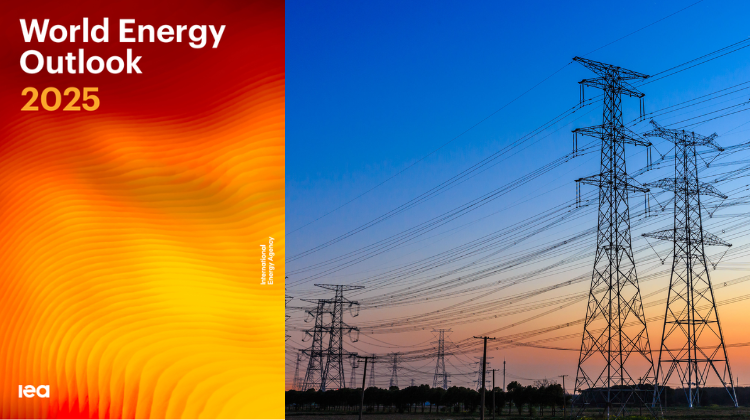
The World Energy Outlook 2025 places Spain at the center of the European debate on electricity security and points out that the transition requires accelerating investments in networks, storage and flexibility to avoid further collapses.

El World Energy Outlook 2025 sitúa a España en el centro del debate europeo sobre seguridad eléctrica y señala que la transición exige acelerar inversiones en redes, almacenamiento y flexibilidad para evitar nuevos colapsos.
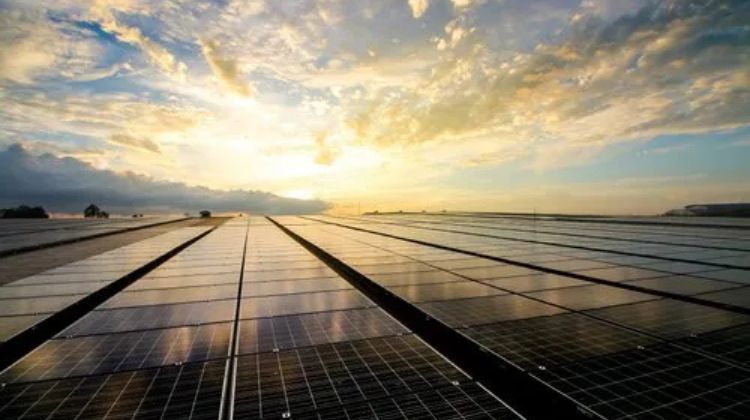
Until November 24, companies covered by the specific remuneration scheme (RECORE) will be able to participate in the public consultation of the new order that will update the profitability, prices and regulated costs for the period 2026–2031.